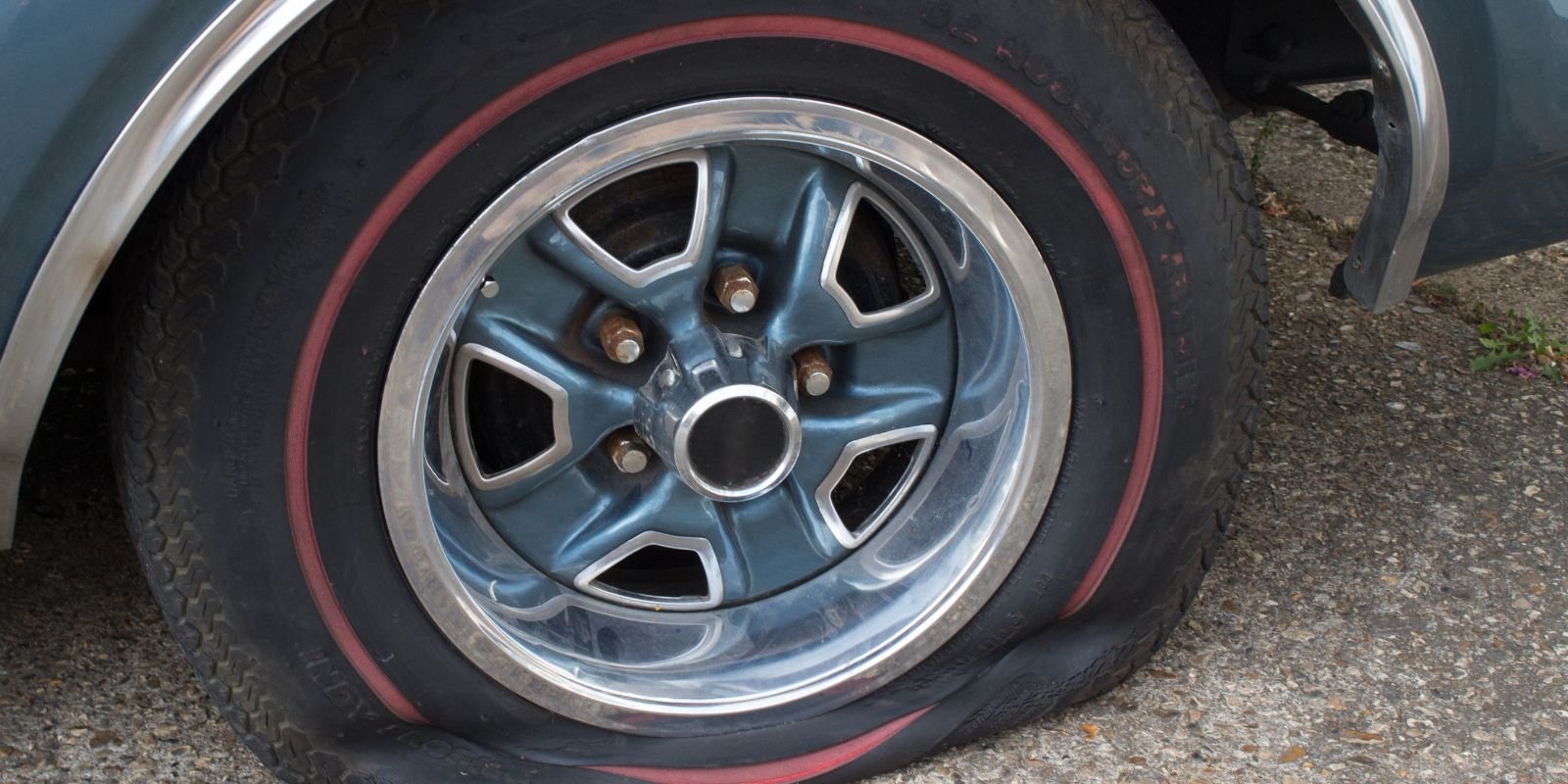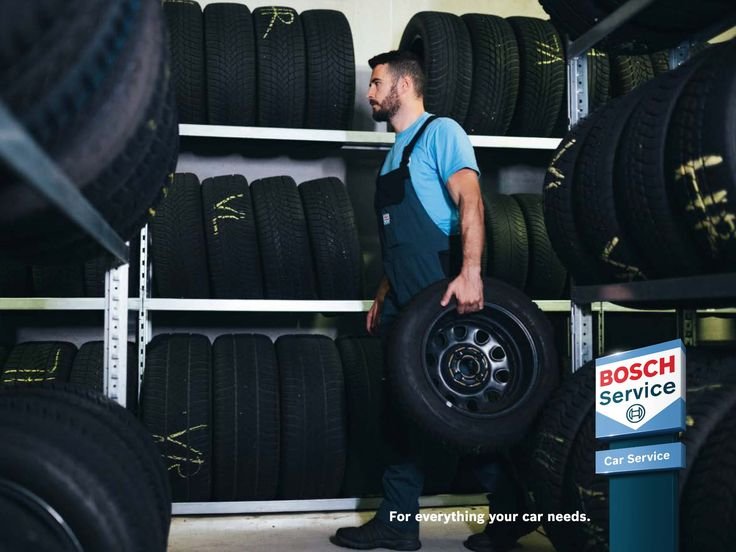
Flat Tyres: Causes, Safety Tips, and How to Handle Them
While driving somehow, someday, we have all faced the annoyance of a punctured or flat tyre. It can happen at anytime and anywhere, leaving us in a helpless situation. Furthermore, sometime it cause serious accidents, or financial loss and wastage of time. Many people belief it might be bad luck, but every problem have roots that cause them.
Generally speaking, tyre punctures can occur due to a variety of reasons such as driving over sharp objects, low tyre pressure, worn out tyres, even manufacturing defects and much more.
What Cause Tyre Punctures?
There are several factors that can cause a tyre puncture, and it’s important to understand them in order to prevent them from happening.
Driving over sharp objects:
This is one of the common reason for tyre punctures. Sharp objects such as nails, screws, glass pieces (from accident) or even rocks can pierce through the rubber of a tyre and cause a puncture. This can happen on roads, parking lots, construction sites, or anywhere that has debris lying around. You can’t avoid such a small things but slowing down and avoiding accidental spot can significantly decrease the chances of getting a puncture.
Low tyre pressure:
Low pressure tyres always increases the chances of getting a puncture or flat tyre. Due low pressure, the tyre becomes more vulnerable to damage from sharp objects and can weaken the sidewalls. It also causes friction between the tyre and road surface which can lead to heating up of tyres and eventually cause blowouts. Therefore, it’s important to regularly check your tyre pressure and maintain it according to manufacturer’s recommendations.
Worn out tyres:
As tyres get old and worn out, they become thinner and lose their ability to withstand punctures. The tread depth decreases making them more susceptible to sharp object penetration. This is why it’s important to replace your tyres on time and not let them wear out completely. It’s recommended to replace tyres when the tread depth reaches 2/32 inches (3mm) or less.
Valve stem damage:
The valve stem is the small rubber component used to inflate and deflate tyres. If it gets damaged, it can cause air leakage leading to a flat tyre. Damage to valve stems can occur due to age, harsh weather conditions, or even improper handling during tyre maintenance.
Critical Weather:
In the United Kingdom, extreme weather can impact tire performance and heighten the risk of punctures. During hot weather, heat can cause tires to expand, which may lead to blowouts if they’re underinflated. In contrast, cold weather can lower tire pressure, making them more prone to damage. Wet and icy conditions also pose challenges; slippery roads can cause loss of control and increased tire wear, raising the risk of punctures from debris. To avoid these issues, drivers should adjust their driving habits based on the weather, regularly check tire pressure, and ensure their tires are suitable for the climate.
Tyre Cracks and Multiple Repairs:
Tyre cracks and punctures significantly threaten vehicle safety and performance. Cracks often develop due to age, harsh weather exposure, and improper storage. These flaws compromise the tyre’s structural integrity, increasing the risk of blowouts and additional punctures. If a tyre has already sustained one puncture, it becomes more susceptible to further damage, especially if the initial issue wasn’t fixed properly.
Manufacturing Defects:
In very rare cases, manufacturing defects can contribute to tyre punctures. These defects may arise from flaws in the materials used or errors during the tyre production process. Such issues can lead to weak spots in the tyre, making them more susceptible to punctures and blowouts.
Low Quality Tyres
The market is full of high-quality tyres like Michelin, Bridgestone, and Continental, which are designed to withstand various driving conditions and offer superior performance. However, there are also low-quality tyres that can pose significant hazards to drivers. These tyres are often manufactured with inferior materials and lack rigorous quality control processes, making them more prone to punctures, blowouts, and overall failure.
We’ve discussed the various causes of tire punctures and the factors that increase their likelihood. By avoiding unnecessary risks and maintaining your tires properly, you can significantly reduce the chances of punctures. However, it’s important to remember that punctures can still happen. If you encounter any tire issues, contact a professional tire service for assistance. They can offer expert advice, perform repairs, and replace damaged tires to keep your vehicle safe and roadworthy.


